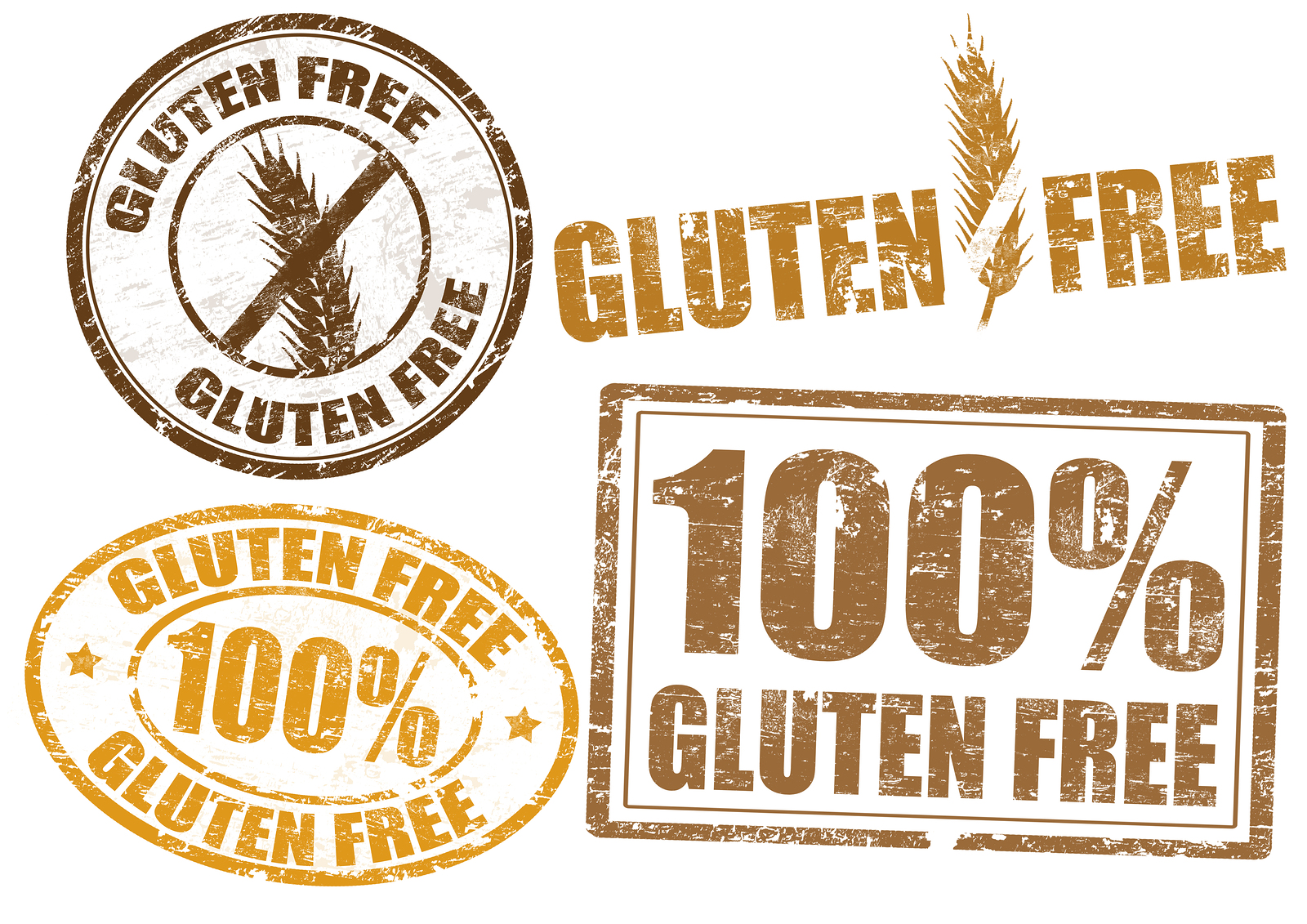Gluten-free food can be beneficial even to people who don’t react to gluten. This is because when people avoid gluten, they also avoid refined flour, which is the culprit of many types of inflammation and allergic reactions.
Totally avoiding gluten deprives the body of important nutrients, such as fibre, folate, iron, niacin, calcium, thiamine, vitamin B12, zinc, and magnesium. All of these are found in high levels, in whole grains which also contain gluten.
>>> 5 Easy Quinoa Recipes You’ll Love
>>> How to Master Your Nutrition with Nate Miyaki
>>> Spartan Race: Diet and Meal Plan
Gluten-free pizza, for instance, contains low-to-none of the above mentioned nutrients. Instead, it’s packed with modified rice starch, brown rice flour, potato starch, rice flour, and evaporated cane sugar, which can be detrimental to a person with type 2 diabetes.
Generally, gluten-free bread and pastry are less nutritious than gluten-rich whole-grain food. The key then, especially if you’re not allergic to gluten, is to avoid gluten contained in white flour and other refined ingredients. Get a good amount of whole wheat, bulgur and barley, which happen to be gluten-rich. The nutrients they contain are good for you. If you insist on eating gluten-free food, though, check out quinoa, chia, amaranth, and oats. They’re naturally gluten-free and highly nutritious. So, if you’re really into gluten-free food, go ahead and enjoy your bowl of oats.

[…] >>> The Good and Bad of Gluten-Free Food […]